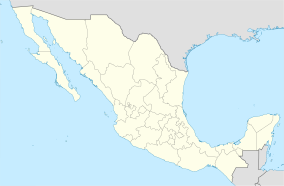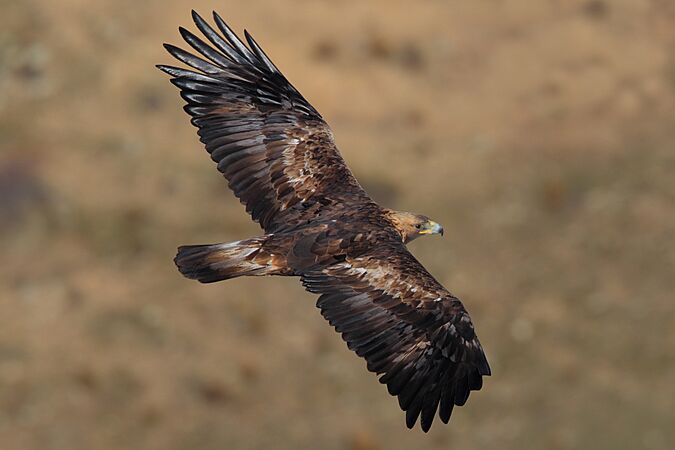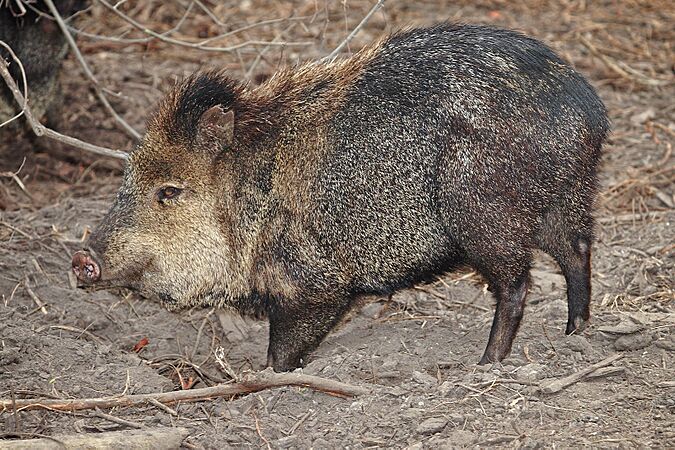Sierra de Órganos National Park facts for kids
Quick facts for kids Sierra de Órganos National Park |
|
|---|---|
| Parque Nacional Sierra de Órganos | |
|
IUCN Category II (National Park)
|
|
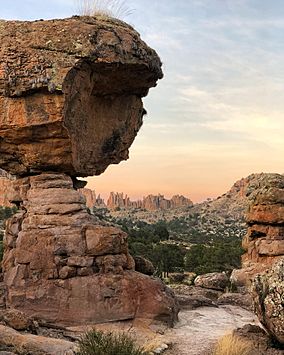
Distinctive rock formations in Sierra de Órganos
|
|
| Location | Sombrerete Municipality, Zacatecas, Mexico |
| Nearest city | Sombrerete, Zacatecas |
| Area | 1,125 hectares (2,780 acres) |
| Established | November 27, 2000 |
| Governing body | Secretariat of Environment and Natural Resources |
| World Heritage site | |
| Official name: Sierra de Órganos (Mountain Range of Órganos) | |
| Type: | Patrimonial |
| Criteria: | ii, iv |
| Designated: | 2010 (32nd session) |
| Reference #: | 1351-043 |
| Region: | Latin America and the Caribbean |
Sierra de Órganos National Park (in Spanish: Parque Nacional Sierra de Órganos) is a special nature area in Mexico. It's found in the northwest part of Sombrerete in the state of Zacatecas. This park is famous for its amazing rock formations. These rocks look a lot like the pipes of a musical organ or even tall organ pipe cacti. That's how the park got its unique name!
The park is home to many different plants and animals that live in dry areas. You'll find conifer forests in the higher parts and dryland bushes in the lower areas. Sierra de Órganos is a safe place for several animal species that only live in this region. Some of these animals are even in danger of disappearing. People love to visit the park for fun activities like hiking and cycling. It's also a great spot to enjoy beautiful views.
Contents
History of the Park
Sierra de Órganos National Park was officially created on November 27, 2000. This happened through a special government decision. The park is managed by Mexico's Secretariat of Environment and Natural Resources. This group helps protect the environment and natural resources in Mexico.
Exploring the Park's Geography and Climate
The park covers an area of about 11.25 square kilometers (4.34 square miles). It's located in the northwestern part of Zacatecas, near the town of Sombrerete. You can find it about 21 kilometers (13 miles) northwest of Sombrerete city, right off Highway 45. This highway connects Zacatecas with Durango.
Sierra de Órganos is part of the Sierra Madre Occidental mountain range. The land here is very uneven, with heights from 2,120 to 2,560 meters (6,955 to 8,399 feet) above sea level. This creates dramatic ridges and steep peaks. You'll see small flat areas and very tall, almost straight cliffs. Little valleys around the peaks offer amazing views of the rock formations from below.
The weather in this area is mostly dry. Most of the rain falls in winter, and there's very little rain in summer. Temperatures can be warm or hot during the day. But at night, it often gets cool or even cold.
Discovering Flora and Fauna
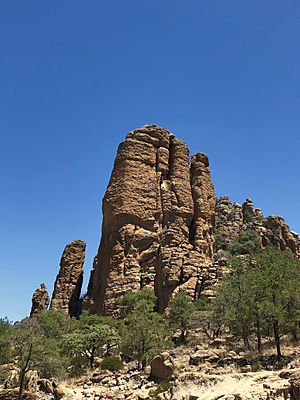
This park is a safe haven for many different kinds of wildlife. Some plants and animals here are endemic, meaning they only live in this specific area.
Plants of Sierra de Órganos
In the mountains, you'll find mixed pine-oak forests. These forests are mostly made up of trees like the Pinus cembroides (a type of pine) and encino (a type of oak). In the lower, drier areas, there are scrubby grasslands. Other plants in the park include palms, ferns, huizache, maguey, and different kinds of nopal cactus. You might also see oregano, manzanita, gatuña, jarilla, and sotol. Some unique cacti like biznaga also grow here.
Animals and Their Life Cycle
The animals in the park are typical for this region. You might spot hares, raccoons, gray foxes, and coyotes. Larger animals like the cougar and white-tailed deer also live here. Birds like the mourning dove, white-winged dove, and peregrine falcon fly overhead.
Some animals, like the cacomixtle (a small mammal) and the kit fox, are endemic to this area. This means they are only found here. Sadly, these animals are also threatened, meaning their numbers are decreasing and they need protection.
The park's amazing nature faces some challenges. There are growing towns very close to the park. Many people in these towns farm and raise animals. This can sometimes harm the natural areas around the park. Also, sand is mined from the local area, which can affect the environment. Even with these challenges, many of the park's original natural areas are still healthy and beautiful.
-
A peregrine falcon (Falco peregrinus) in flight.
-
A black-tail rattlesnake (Crotalus molossus).
-
A golden eagle (Aquila chrysaetos).
-
A kit fox (Vulpes macrotis).
-
A collared peccary (Pecari tajacu).
-
A bobcat (Lynx rufus).
-
A cougar (Puma concolor).
-
A coyote (Canis latrans) howling.
Fun Activities and Recreation
Sierra de Órganos is a popular place for people who love nature. It's also great for those who enjoy exciting sports. The steep peaks and slopes are perfect for rock climbing. Hiking and cycling are also very popular activities in the park.
While some parts of the park are good for camping, most areas don't have basic services. This means you won't find drinking water or other supplies easily. You'll need to get these things from nearby villages. To enter the park, each visitor needs to pay a small fee of 20 Mexican pesos.
Filming Location for Movies
The beautiful landscapes of Sierra de Órganos have been used to film many movies. Both American and Mexican directors have chosen this park for its stunning scenery. It was especially popular for western films in the 1950s, 1960s, and 1970s. Some of the movies filmed here include:
- The Tall Men (film)
- These Thousand Hills
- La Cucaracha (1959 film)
- Geronimo (1962 film)
- Rage (1966 film)
- The War Wagon
- The Scalphunters
- Guns for San Sebastian
- The Undefeated (1969 film)
- Big Jake
- The Train Robbers
- Caveman (film)
- Revenge (1990 film)
- The Cisco Kid (1994 film)
- Wagons East
- One Man's Hero
See also
 In Spanish: Parque nacional Sierra de Órganos para niños
In Spanish: Parque nacional Sierra de Órganos para niños
- Sombrerete
- List of national parks of Mexico


